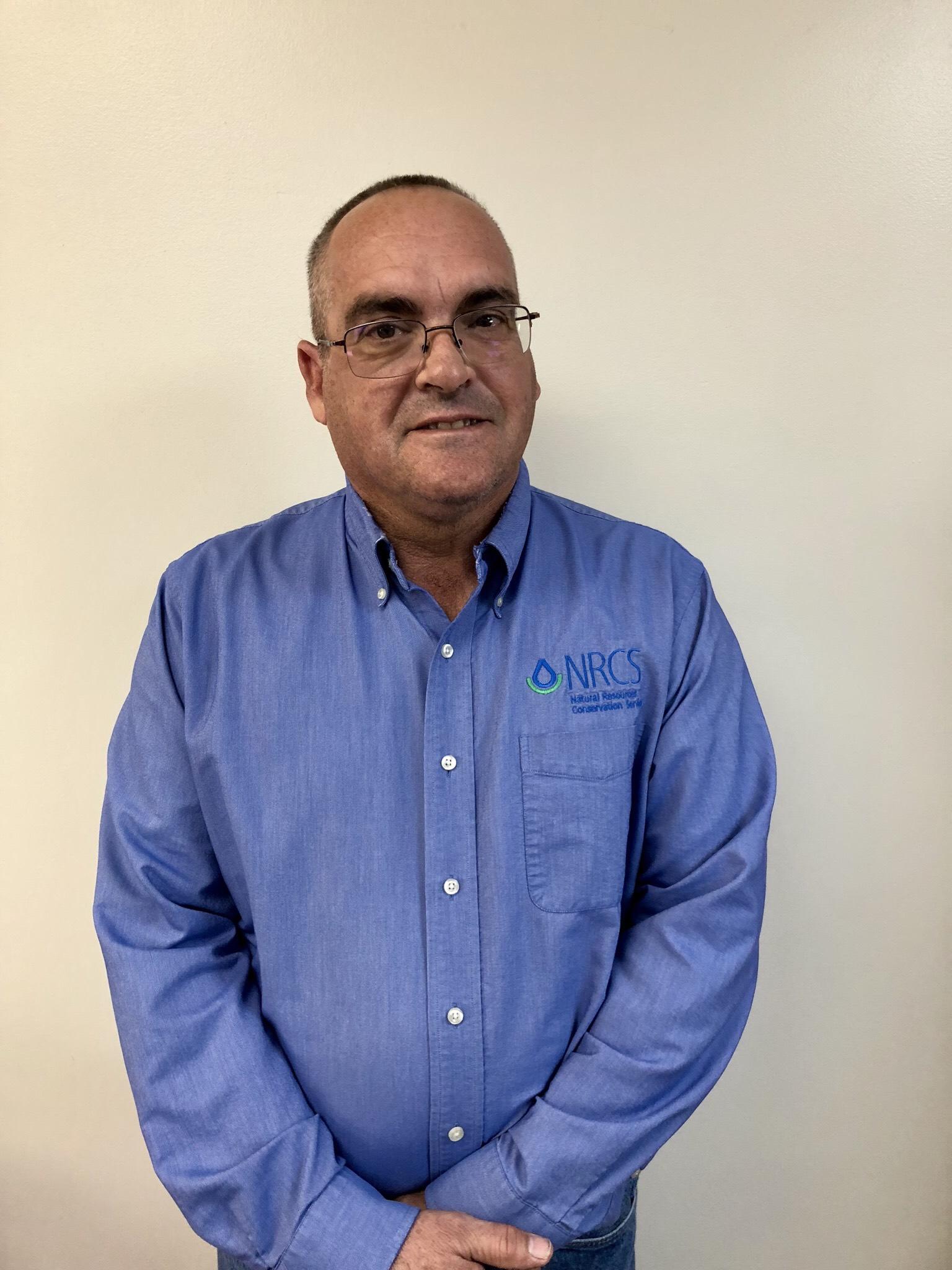
There has been a lot of talk recently about the use of the Ogallala Aquifer for irrigation in western Kansas and how long the water will last.
Since large scale irrigation development, over 50 years ago, more water has been taken out of the aquifer than has been replaced by recharge. This has resulted in significant declines in the water table over most of western Kansas. Many irrigation wells have been shut down and plugged because the water is no longer there to pump.
The economy in in western Kansas depends of the water that is pumped from the Ogallala aquifer. Currently irrigated crops provide the majority of the grain and forage for ethanol plants and livestock operations including feedlots, dairies and hog operations. Without this sufficient and reliable grain and forage source these industries will move to areas that do. Other industries that are tied to them, like meat packing and dairy product processing plants, will follow. These industries provide a good majority of the jobs in the area.
Recently local, state and federal governments’ have encouraged producers to adopt new irrigation technologies, such as subsurface drip irrigation, that significantly reduces the amount of irrigation water to grow the crop. Researchers are exploring new crop rotations where less water use crops, like grain sorghum, is part of the rotation. Adopting these new technologies cropping systems has made a difference. But one thing hasn’t been discussed much is how improving soil health could help us grow crops with much less water.
More water would be available to our crops if we could increase infiltration rates, reduce evaporation loss from the soil surface and increase the water holding capacity of the soil. This can be accomplished with the following practices:
- Keep the soil surface covered with crop residue or crop canopy as much as possible throughout the year. This allows what rain and irrigation water that falls on the soil surface to infiltrate the soil more easily and decreases water evaporation from the soil surface immensely. This also helps suppress weeds that could be using water needed for the crop.
- Increase organic matter in the soil. Organic matter acts like a sponge and holds soil water and other nutrients and increase the water holding capacity of the soil. This can be accomplish by leaving as much residue cover and decaying roots in the field as you can. Increasing organic matter is a slow process, especially in our arid environment but over time it can be accomplished and make a difference.
- Reduce tillage to maintain good soil aggregate stability. This will provide more macro pores from decaying roots, earthworms and other soil creatures which will allow water to more easily enter the soil and help increase water holding capacity.
New irrigation technologies will help save water and may go long way to aquifer stability. But improving our soil resource to capture and store rain and irrigation water more efficiently also needs to part of the discussion if we want any chance of achieving sustainability of our vital water resource and the region’s economy.
For more information about this or other soil health practices you can contact me at [email protected] or any local NRCS office.
